American Ryan Breymaier up against the clock
Published on November 25th, 2014
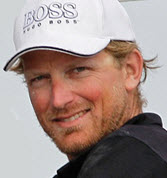 The Vendée Globe remains the premier singlehanded test, an around-the-world race in the IMOCA 60, sailed non-stop and without assistance. Held every four years, the race starts and finishes in Les Sables-d’Olonne, France, with the 8th edition to begin in fall 2016.
The Vendée Globe remains the premier singlehanded test, an around-the-world race in the IMOCA 60, sailed non-stop and without assistance. Held every four years, the race starts and finishes in Les Sables-d’Olonne, France, with the 8th edition to begin in fall 2016.
Ryan Breymaier, the most leading shorthanded sailor in the USA, hopes to be on the start line, but time is running short. In need of a sponsor to launch an entry, Ryan provides an update on his effort…
How are your efforts progressing to enter the Vendee Globe?
Unfortunately, I am no closer to finding a Vendee Globe sponsor. Initially I hoped that visibility from winning the New York to Barcelona double-handed transatlantic race this past June might help but nothing really came of it following the race. That being said, it was a superb event and I was really happy to have had the opportunity to race. It’s the first IMOCA race won by an American!
How important is it to have the “right” boat? It seems the boats are often not new, but they are tested.
It is key! It might even be more important in shorthanded racing as often the skippers form a sort of relationship with the boat and get to know all its idiosyncrasies, due to the simple fact that we are alone with the boat for such long periods of time.
It is imperative to have a new boat to win. The same as Nascar or Indy, you don’t see anyone on the track with last year’s car. For us, as the machine is so complicated, it can take a year or so after the launch to get the boat to be ultimately reliable (crucial in a nonstop around the world race), and to know the boat by heart in all conditions.
How much time is needed to build a new IMOCA 60?
Depending on whether an existing mould is used, it can take between 6 and 11 months to build a new IMOCA. However, the importance is really the time one has to sail it and ‘break it in’ following the build. Sufficient time to learn the boat properly, understand how best to make it go fast is essential to a successful race. I’d say at least 9 months of sailing is needed.
The IMOCA class has gone through some restructuring. How have these changes impacted you?
Last year the marketing and media of IMOCA was taken over by a group called Open Sports Management who are tasked with bringing a professional approach to the management of the class, as well as finding a title sponsor for the class and for individual races.
This definitely makes my search for a partner easier, as the more professional and organized the approach, the more confidence a prospective partner has.
As a portion of their mission, OSM are trying to promote races in other areas than Europe; evidenced by the NY-BCN race in June this year. It was huge for me and other potential US IMOCA skippers that this first ever IMOCA event in the USA was such a success and demonstrated the class’ commitment to the US market in the eyes of sponsors.
Explain the recent rule changes in the IMOCA class?
The change to standardized masts and keels is a pill for some to swallow, as the spirit of innovation has always been at the forefront of the class, having said that, the parts of a boat that break and cause complete failure are both the keel and the rig, these also being the areas where designed is pushed to the furthest limits. Thus the standardization becomes necessary in order to 1) protect the skippers; 2) protect the sponsor’s investment; 3) keep insurance premiums reasonable; and 4) protect the image of the class.
The standard keel, which is a solid stainless forged section is by far the heaviest solution, and consequently negatively affects the speed of new boats, which has brought on consequential changes to ballast layouts and righting moment limits as a way to keep the new boats the same speed or a bit quicker than the old ones. There is a one-design fixed rig as well as a one-design wing mast to keep all the skippers happy; it would have been impossible to force a choice of one or the other. Both are the same weight. I personally prefer a wing mast but I have to admit it took a while to get used to it!
As the rules now stand, it is possible to modify an older boat to the new rules and make it faster, but designers are no dummies, and a well-designed new boat will always be quicker than an old one.
Plus, teams and designers always find other ways to make the boats go faster. The proof of this being that we know some teams are investigating various foiling options to take the boats into yet another dimension. The VG 2016 is going to be great race to watch!
What else has been keeping you busy?
Since the New York to Barcelona race in June, I went to the Great Lakes this summer to compete in the Port Huron and the Chicago Mac races on ‘Cheeky’ a modified F31 (ex Cheekee Monkee). It’s a well-known boat locally and I had a blast with the crew up there. I also started the Round Britain and Ireland race in August on a brand new Class 40, but unfortunately we had to retire with suspected delamination issues.
I enjoy racing on programs other than IMOCA; I think it’s important to keep a broad view of what’s going on in sailing in general and sailing on a variety of boats is fun and an opportunity to meet new people passionate about the sport in a different way.
Vendee Globe: http://www.vendeeglobe.org/en
Ryan Breymaier: http://breymaiersailing.com


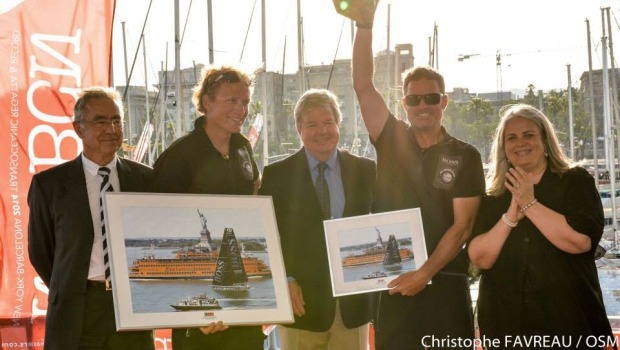


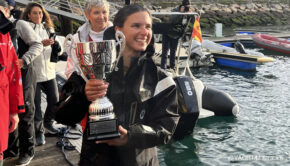
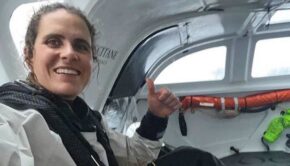
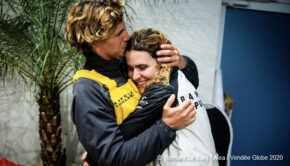
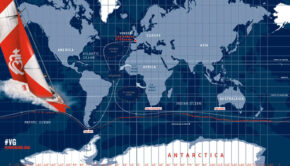
 We’ll keep your information safe.
We’ll keep your information safe.